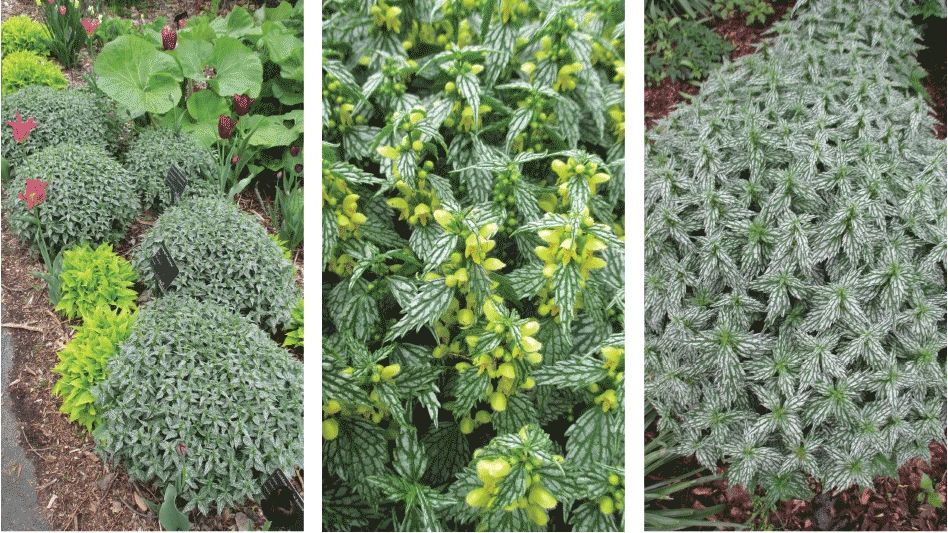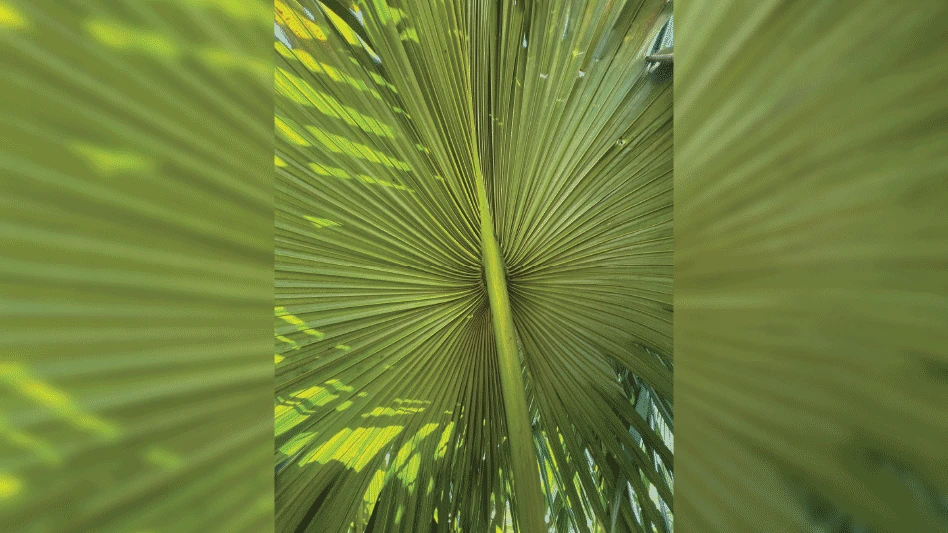

I recently read Jon Krakauer’s book “Into Thin Air,” a gripping story about the deadly 1996 ascent of Mt. Everest that claimed the lives of 12 climbers. Krakauer was part of the expedition. As I read his description of the 40-mile hike from Lukla to Everest Base Camp, my mind wandered to consider the flora he must have passed on the journey. No doubt he would have seen Persicaria affinis as he traversed through the rocky crags and glacial moraine. And 150 years earlier, Sir Joseph Hooker, who became a celebrated director of the Royal Botanic Gardens of Kew, explored the Himalaya and described Persicaria affinis as, “Hanging in rosy clumps from most precipices.” The species is native to the region from Afghanistan to Nepal and India, as well as China. It grows at elevations from 5,000 to 15,000 feet in a variety of conditions from rocky mountainsides to alpine pastures and riverbanks. The name Persicaria affinis is synonymous with the names Polygonum affine and Bisorta affinis. I guess botanists all agree on the common name, knotweed.
P. affinis is a mat-forming perennial groundcover. It is semi-evergreen in USDA Zones 7-8 and hardy to Zone 5. Narrow, elliptic green leaves give rise to 10-inch stems topped by pink bottlebrush-shaped flowers from July to October. The leaves turn bronze-red in fall making knotweed a showy groundcover much of the year. It spreads easily by trailing stems but is not invasive and is a good choice for weed suppression. It grows in full sun to partial shade. Two notable cultivars, ‘Superba’ and ‘Donald Lowndes’, have both received an Award of Merit from the Royal Horticultural Society. Anecdotally, in the Himalaya the flowers of knotweed are used as a stimulant and a root extract is used in traditional medicine to reduce fever. Personally, I just think it’s a gorgeous groundcover.
Why grow Persicaria affinis?
- It is a beautiful mat-forming groundcover.
- Its pink flowers are lightly fragrant and make attractive additions to flower arrangements.
- It is attractive to bees and butterflies.
- It does well in full sun to part shade and is easy to grow.
- Very low maintenance
- Shunned by deer and rabbits

Mark Leichty is the Director of Business Development at Little Prince of Oregon Nursery near Portland. He is a certified plant geek who enjoys visiting beautiful gardens and garden centers searching for rare and unique plants to satisfy his plant lust. mark@littleprinceoforegon.com

Explore the March 2021 Issue
Check out more from this issue and find your next story to read.
Latest from Nursery Management
- NewGen Boxwood added to Proven Winners ColorChoice line
- Terra Nova releases new echinacea variety, 'Fringe Festival'
- American Horticultural Society names winners of 2025 AHS Book Awards
- Nufarm announces unified brand
- American Horticultural Society announces winners of 2025 Great American Gardeners Awards
- Shifting the urban environment
- The Growth Industry Episode 3: Across the Pond with Neville Stein
- What's in a name?





